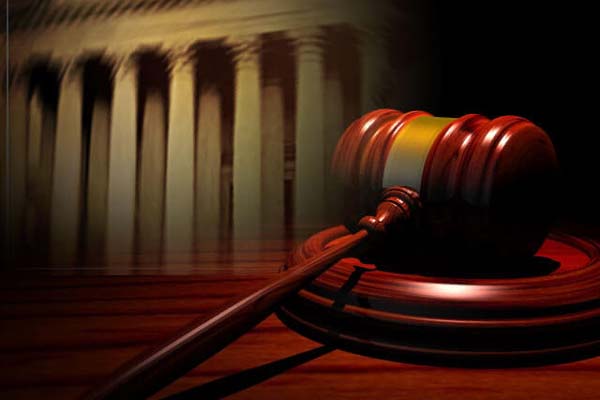The Software Engineers High-Tech Employee Antitrust Litigation has reached the courtroom. The lawsuit was filed on behalf of software engineers in the U.S. District Court for the Northern District of California. The Defendants cite numerous defenses, including that their anti-solicitation agreements created a market for the Technical Class. The complaint also cites the commonality requirement of Rule 23(a)(2), which requires that a High-Tech Class consists of a majority of the members of the same employer.
Plaintiffs’ theory that anti-solicitation agreements created a market for the Technical Class
The Court found that common issues predominated over individual issues. Plaintiffs’ statistical analyses and theories of harm were not persuasive enough to convince the Court to certify the Technical Class. Thus, the Court rejected the Plaintiffs’ theory that the anti-solicitation agreements created a market for the Technical Class. Even though the Court rejected the theory, it did find that the facts supported the plaintiffs’ position that anti-solicitation agreements created a market for the Technical Class.
The Defendants agreed to abstain from actively soliciting one another’s employees. In each case, the Defendants were affiliated with Apple, one of them controlled by Steve Jobs. The Defendants also agreed not to compete with each other’s products or services, a fact that Plaintiffs say has a significant impact on the definition of “competitive harm” in antitrust law.
Defendants’ response to Dr. Leamer
The Ninth Circuit recently denied the Defendants’ motion for leave to appeal a decision denying certification of a high tech class action. The Court noted that the high-tech class action lawsuit was not sufficiently broad to state a theory of liability and that it was not sufficiently narrow to support a claim. However, it did note that the case is an excellent illustration of how courts evaluate class-action claims, allowing for a broader scope of plaintiffs’ claims than in previous cases.
The Plaintiffs’ case was denied by Judge Gary Feinerman on several grounds. First, they failed to show typical claims or an adequate representative of the proposed class. In addition, the named plaintiff failed to establish a causal connection between the Defendants’ alleged damages and his investment in bitcoin on an exchange. Second, they cite arguable defenses, such as the claim that Dr. Leamer failed to show the claimants’ compensation trends were similar to the industry’s averages.
Dr. Hallock’s report
Dr. Hallock has extensive experience in communication and has directed integrated national programs for life sciences and healthcare companies. While working at athenahealth, Inc., he led corporate communications efforts related to M&A activity, physician advocacy, and thought leadership campaigns. He is an award-winning communication professional. In his spare time, he enjoys woodworking, playing golf, and working out.
The Court notes that cold calling was a significant recruitment tool and that the use of such tactics would likely discourage employees from applying to other Defendants. These practices may have resulted in a reduction in the salaries and benefits of the Technical Class as a whole. However, plaintiffs assert that cold calling eliminated important structural incentives that helped them land jobs. The plaintiffs’ argument is compelling, but is it enough to prevent a class action?
Google must also improve its hiring rate. If it were to increase its engineering workforce, it would need to slash the salaries of its competitors. This is the “hiring gap” documented in Harvey Suppl. Decl., Ex. 14. That gap is enormous. And if Google fails to do so, the entire industry will suffer. If it were not for this secret agreement, the tech sector would continue to suffer and face a high-profile lawsuit.
Commonality requirement of Rule 23(a)(2)
The Court’s recent ruling on the commonality requirement of Rule 23, as well as other recent decisions, has significantly reshaped the landscape of class action law. Under Rule 23, plaintiffs must show that their claims and representations are typical and that common problem are the cause of the same problems or losses. This is the “predominance” inquiry outlined in Rule 23(b)(3).
A court must first determine the class’s membership. The court must first determine whether all class members are eligible for the case. Then, it will proceed to decide whether there are sufficient common interests. The courts may amend the definition of the class as needed. The plaintiffs may also seek decertification after further proceedings. In certain circumstances, the definition of the class certified under Rule 23(b)(3) includes members who have not been given notice and no opportunity to request exclusion. Such individuals must be notified.
The court may make further orders relating to the appointment of class counsel. For example, a court may appoint interim class counsel while it determines whether to certify the case as a class-action lawsuit. Ultimately, class counsel must be able to represent the interests of the class fairly and must act in the best interests of the class. If the court appoints an interim counsel, he or she may act before the court makes a final decision on the certification of the action as a class action.




